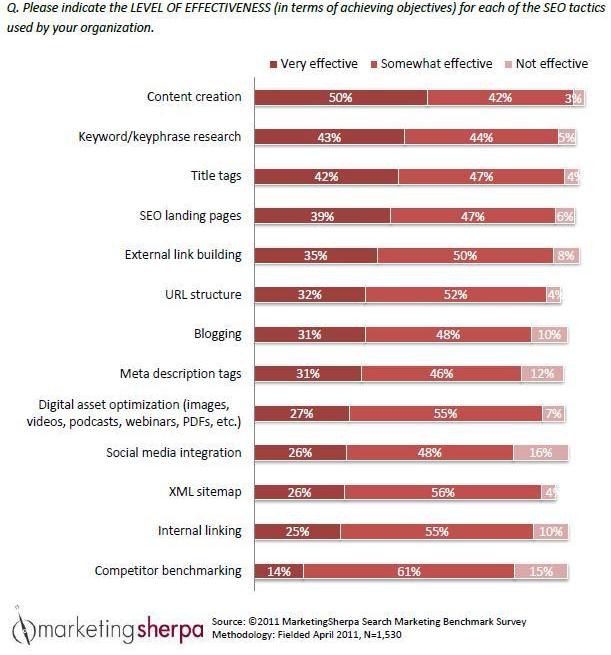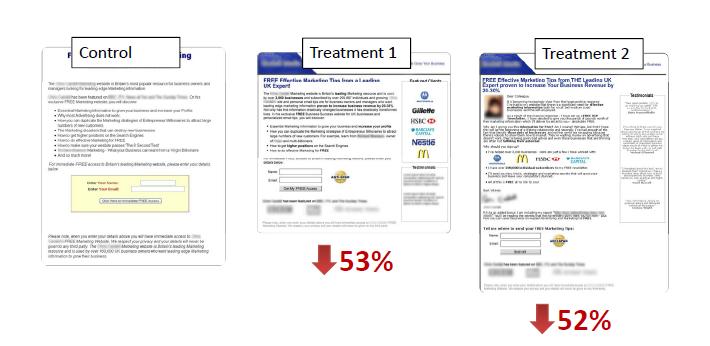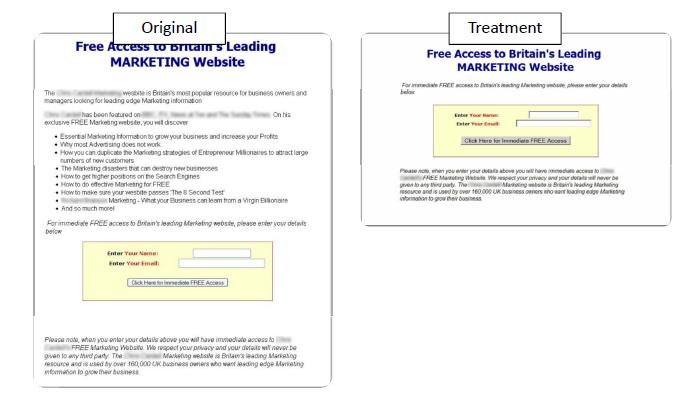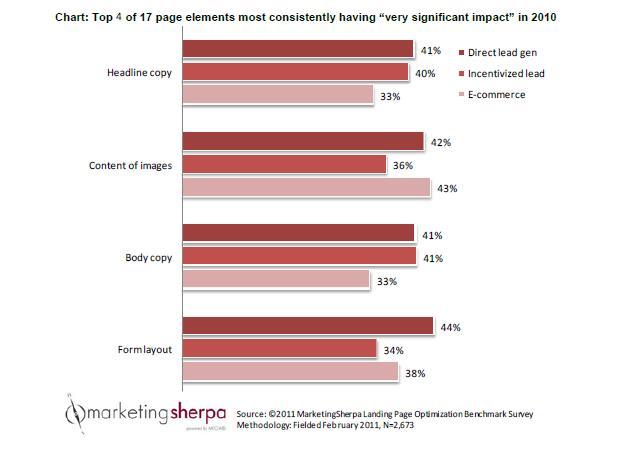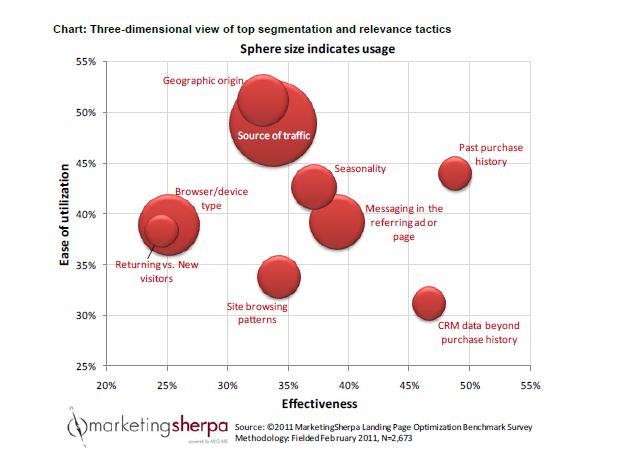Yahoo! Mail, Gmail, AOL and similar providers track senders’ reputations by IP address. This is partly why sending emails from dedicated IPs (instead of IPs you share with others) is the most effective tactic for improving deliverability, according to the MarketingSherpa 2011 Email Marketing Benchmark Report.
Many smaller companies, though, cannot manage a dedicated IP well enough to build a strong reputation and are better off using shared IPs, says James Thompson, Email Systems Manager, Infusionsoft.
“What we found is that most small businesses really don’t have the resources to be able to dedicate the kind of attention and maintenance required to maintain a good status on a dedicated IP,” he says.
Thompson oversees the sending of about 40 million emails each week for clients at Infusionsoft, a marketing automation software provider that caters to small businesses. He is tasked with maintaining the email architecture and deliverability for clients across the system.
Thompson has been through the trenches of email deliverability and helped to pull the company’s average delivery rate from the mid-90-percent range two years ago to consistently above 99 percent today.
Thompson shared several stories on how his company handles deliverability. His examples can help email marketers of all sizes understand how their reputations can extend beyond webmail providers and ISPs and begin to affect their relationships with agencies and vendors.
Three tiers of email IPs
One of many changes Thompson’s team made to improve deliverability was to shift its email architecture onto a message management platform. The new platform allowed the team to establish three groups of IP addresses to send from:
Group #1. Transactional emails
This first group of IP addresses was used to send invoices, order confirmations and other transaction-based emails for Infusionsoft’s clients. Thompson’s team wanted to isolate these emails because they had some of the best performance metrics of any email type, and because getting them delivered was critical to Infusionsoft’s clients.
Group #2. Single opt-in lists
This group of IP addresses was reserved for client lists that were built using unconfirmed- or single-opt-in tactics. The team isolated this group because its lists generated a higher number of spam complaints. Grouping them would prevent the complaints from hurting the reputations of IP addresses that sent emails to more qualified lists.
Group #3. Double-opt-in lists
This final group of IP addresses was reserved for email lists that were generated with confirmed- or double-opt-in tactics. These lists generated fewer problems than single-opt-in lists, and therefore benefitted by being associated with each other rather than with lists of lower quality.
Why this matters:
Thompson noted that the delivery rates between Group 2 and Group 3 originally differed by as much as 5 percent, but is now down to about 1 percent.
“However,” he says, “we are talking about averages here on millions of emails, so that does add up.”
So even if your company is relying on a shared IP address from a provider, it can still be in the best interest of your deliverability to build high-quality lists with confirmed opt-ins.
Three strikes and you’re out
Thompson’s team realized it had a few bad apples in the barrel when it began work to improve delivery rates. The team reached out to clients who were hurting the sender reputation of Infusionsoft’s IPs and tried to enlighten them on the issue.
“What we have come to find is that most of our customers who generate these spam complaints don’t necessarily understand or aren’t aware that their practices are abusive,” he says. “So essentially what the solution has been is to work with them, give them a set of criteria to meet, and then the problem is usually resolved.”
Unfortunately, not every situation was resolved. Some clients were unable to make the necessary changes and the team had to let them go to protect the reputations of other senders who used the system responsibly, Thompson says.
Now the team has a three-strikes system for handling clients that generate a high number of complaints.
“AOL, Yahoo!, MSN and those types of companies want to see average complaint rates of about 0.1 percent,” Thompson says. “So that means for every 1,000 emails we send, they only want to see one person complaining.”
Thompson’s team uses this same guideline when monitoring its system. Senders who regularly generate two or three complaints per 1,000 emails sent (0.2% or 0.3%) are given suggestions to improve their practices. Clients who fail to respond or make changes can be asked to leave (though this is rare).
So if you’re using a shared IP address to send email, the impact of a complaint can extend beyond your email program and even begin to impact your relationship with your marketing vendor — so keep those rates down!
Related resources:
Members Library – Email Marketing: How Publishers Clearing House uses “blacklisted” words yet achieves a 99.2% delivery rate
Members Library – Webinar Replay — Improve Email Deliverability: Tactics for Handling Complaints and Boosting Reputation
Email List Hygiene: Remove four kinds of bad addresses to improve deliverability
Email Deliverability: Riddles answered on spam complaints, feedback loops, and dedicated IPs
Message Systems – the message management platform used by Infusionsoft




